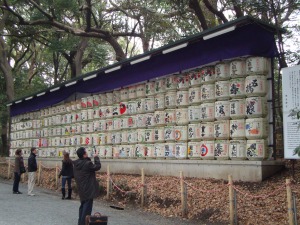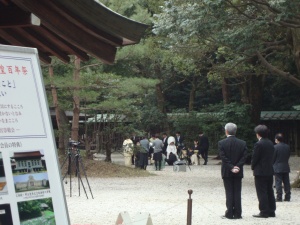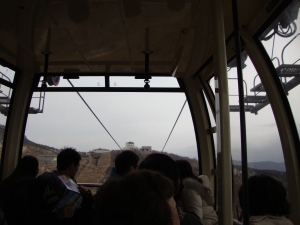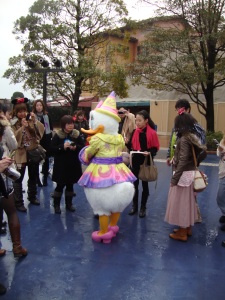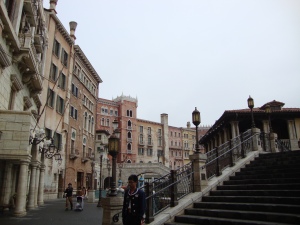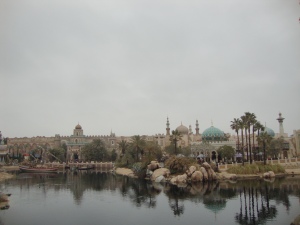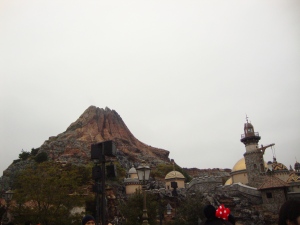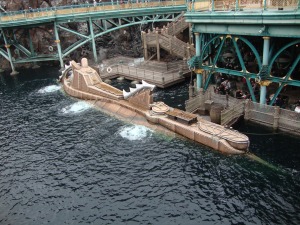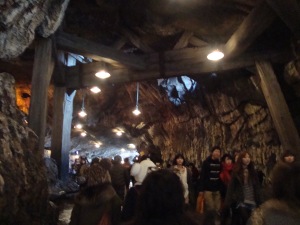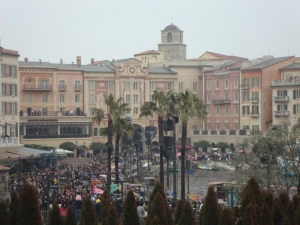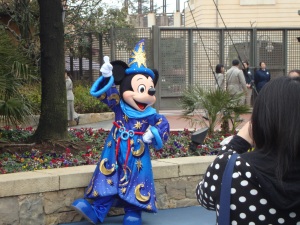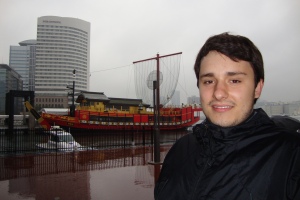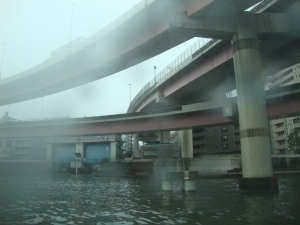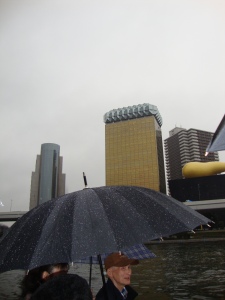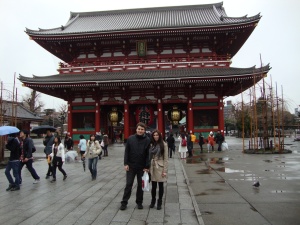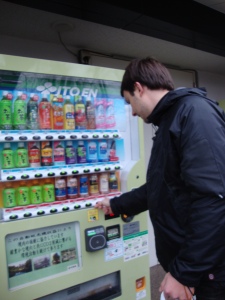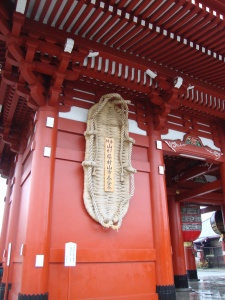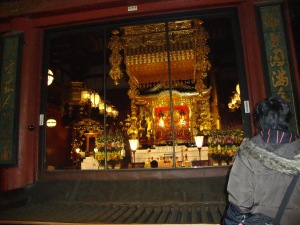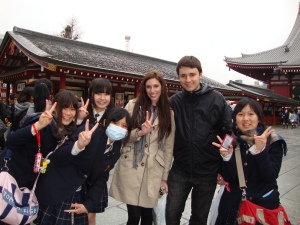While visiting India, Alex and I had the opportunity to stay at a palace in the small town of Karauli. Built in 1938, this palace provided a unique insight into the life of royalty in Colonial India. Located in the countryside of Rajasthan, Karauli was a welcome break from the busier cities of Delhi and Jaipur.
Upon our arrival, we were escorted into the main reception room of the hotel. The first thing we noticed was a giant tiger, who had been stuffed many years ago. Everyone ran over to him immediately! Despite the prevalence of wild game on display, there was no sign of Bungalow Bill 😛 

After receiving our room keys, we had a chance to walk around the palace. The main courtyard was very beautiful and serene. It was the perfect place to sit down, enjoy a cup of masala chai, and read a book.
Near the main building, they have a garage with a cool collection of vintage cars, which are still maintained and driven occasionally. My friend and I resisted the temptation to go for a joyride, but enjoyed ourselves anyway!
Lunch was in the formal dining hall. It was a beautiful set-up, and right off of the main courtyard. They served us sandwiches and light soup, but it was a nice “refresher meal” for us after a first few days spent in Delhi.
The room itself was in a separate building from the main palace. We were surprised to find that we had one of the largest rooms in residence, the “Queen’s Room”. It included a large main bedroom, a bathroom, a separate sitting room, and a large private balcony. We were very lucky!
Being a 21st century traveler, the first thing I noticed was the absence of a television. Then came the realization that there were no outlets, either. Aside from the light next to our door, we felt like we had really stepped back in time! We laughed about it for a few minutes and then decided to fully embrace the experience. I’m glad we did!
We had a good, authentic Indian dinner, which took place in one of the other main buildings. The food was good, and it wasn’t very spicy (read: easily digestible). Everyone enjoyed their meals, and I especially appreciated all of the vegetarian options that were offered.
Overall, we had such a memorable stay. Most of all, we really appreciated the opportunity to have some peace and quiet outside of the city, and also didn’t mind “unplugging” for a bit.
The biggest issue during our stay was that the screens on the bathroom windows were widely spaced (and not able to be closed), so we did have mosquitos flying around our room at night. To deal with this, we sprayed ourselves with mosquito repellant and wore long shirts and pants to bed. Neither of us woke up with any bites, luckily, but anyone staying out in the countryside should be aware that there are plenty of mosquitos around!

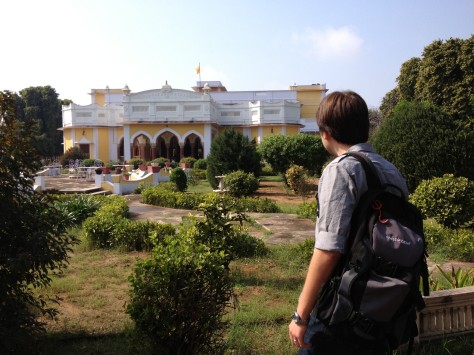
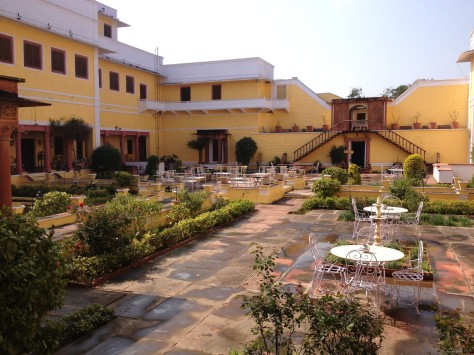




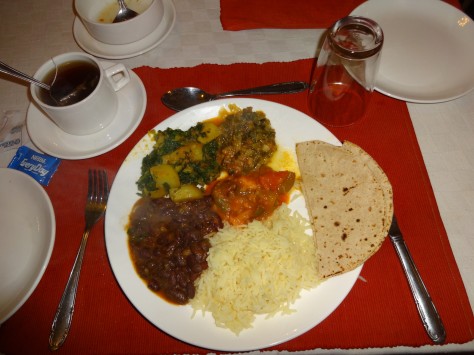





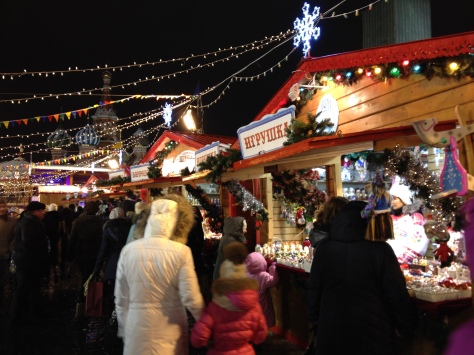




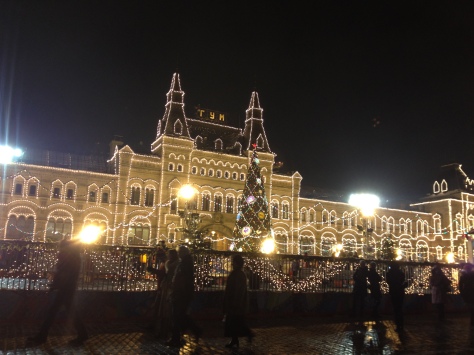




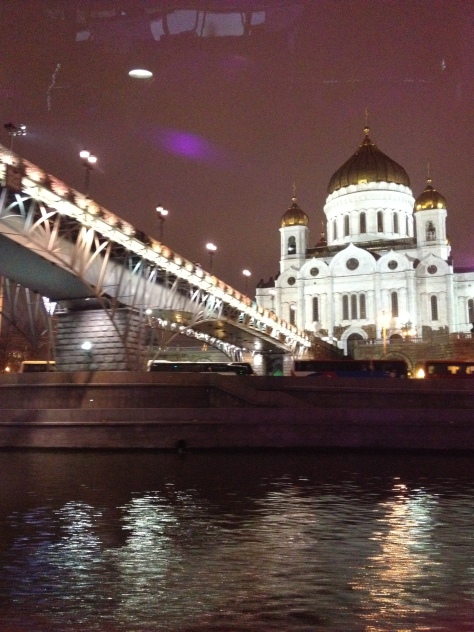




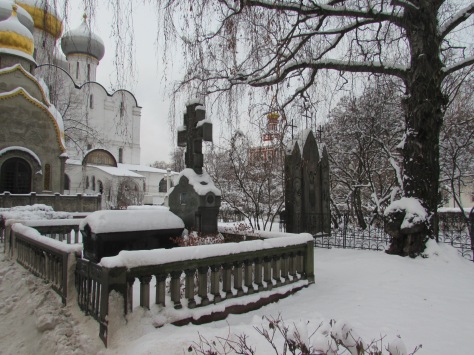
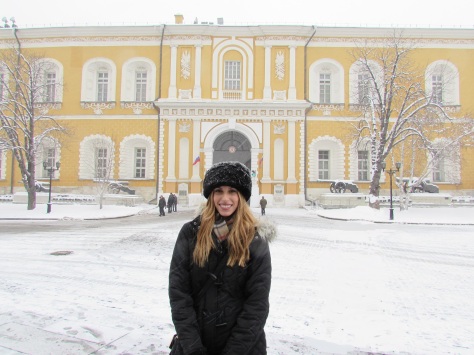



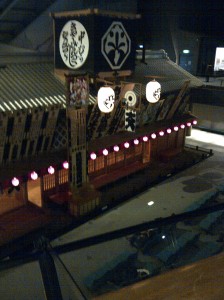
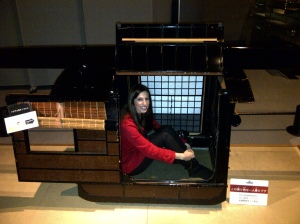





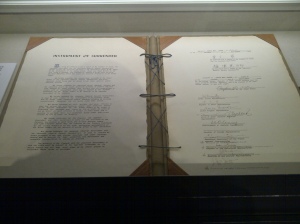





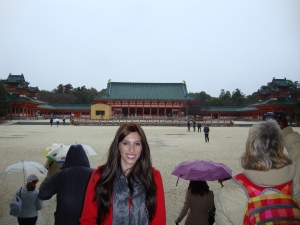
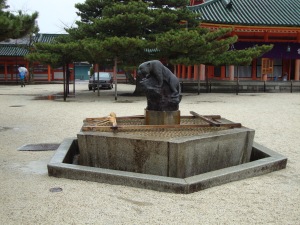



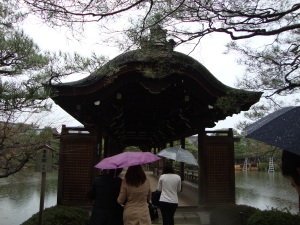



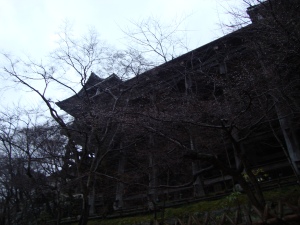



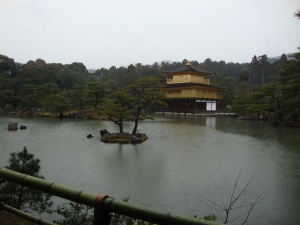


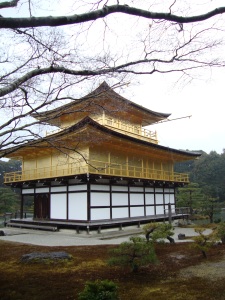






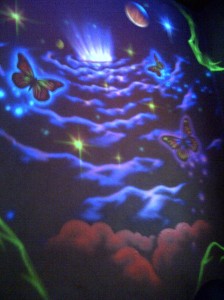


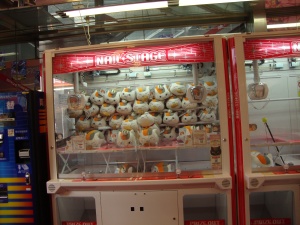
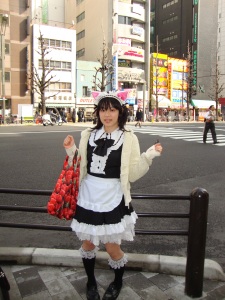
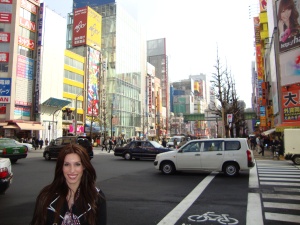







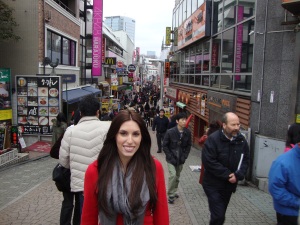


 My Fortune- Can Anyone Translate?!
My Fortune- Can Anyone Translate?!

